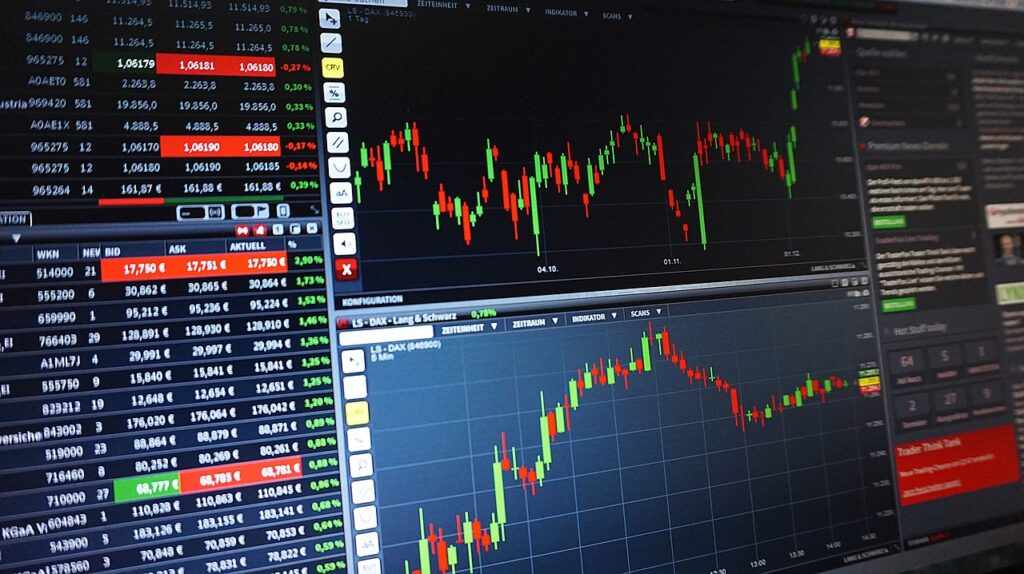
The foreign exchange market, or forex, is the largest financial market in the world, offering tremendous opportunities for traders. With daily trading volumes exceeding trillion, forex attracts investors looking to profit from currency fluctuations. If you're new to how to start trading in Forex, this guide will walk you through the essential steps.
1. Understand the Basics
Bid and Ask Price: The bid is the price at which you can sell a currency pair, while the ask is the price at which you can buy it.
Pip: A pip is the smallest price movement in the forex market, often used to measure changes in currency pairs.
Leverage: Leverage allows traders to control large positions with a small amount of capital, amplifying both potential profits and losses.
2. Choose a Reliable Broker
Regulation: Ensure they are regulated by reputable authorities like the Financial Conduct Authority (FCA) or the Commodity Futures Trading Commission (CFTC).
Low Spreads and Fees: Competitive pricing can save you money over time.
User-Friendly Platform: A reliable trading platform with robust tools and features is essential.
Demo Account: The ability to practice trading without risking real money is invaluable for beginners.
3. Set Up a Trading Account
Once you've chosen a broker, create a trading account. Many brokers offer multiple account types, so select one that matches your initial investment and trading goals. Verify your account by providing the necessary identification documents.
4. Develop a Trading Plan
Trading Goals: Define what you want to achieve (e.g., percentage returns or skill improvement).
Risk Management Rules: Determine how much capital you're willing to risk per trade.
Trading Strategy: Outline how you will identify trade opportunities and execute them.
5. Educate Yourself
Technical Analysis: Focuses on price charts, patterns, and indicators to predict future movements.
Fundamental Analysis: Involves studying economic data, geopolitical events, and central bank policies.
Use resources like online courses, webinars, and books to deepen your understanding.
6. Practice with a Demo Account
A demo account allows you to trade with virtual funds, providing hands-on experience without the risk. Use this opportunity to test strategies, refine your approach, and build confidence.
7. Start Trading with Real Money
When you're ready to transition to live trading, start small. Deposit an amount you can afford to lose and focus on:
Discipline: Stick to your trading plan and avoid impulsive decisions.
Record Keeping: Maintain a trading journal to track your trades, strategies, and performance.
Patience: Success in forex trading often requires time and persistence.
8. Manage Your Risks
Risk management is crucial for long-term success. Tips include:
Use Stop-Loss Orders: Automatically close trades at predetermined loss levels to protect your capital.
Limit Leverage: While leverage can boost profits, it also increases risks. Use it judiciously.
Diversify Trades: Avoid overexposing yourself to a single currency pair.
Final Thoughts
Starting your how-to-start trading in forex journey can be exciting and rewarding, but it’s essential to approach it with preparation and caution. By understanding the basics, practicing diligently, and managing risks effectively, you can build a solid foundation for success in the forex market. Remember, consistency and patience are key to becoming a proficient forex trader.












Write a comment ...